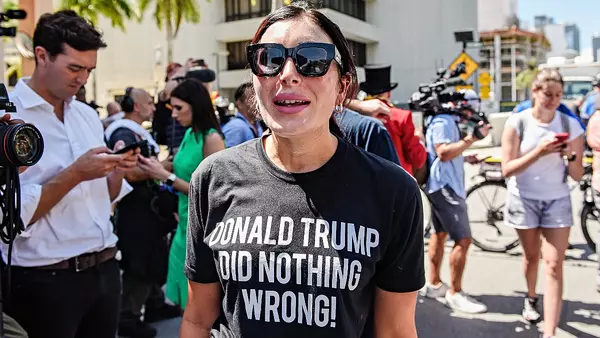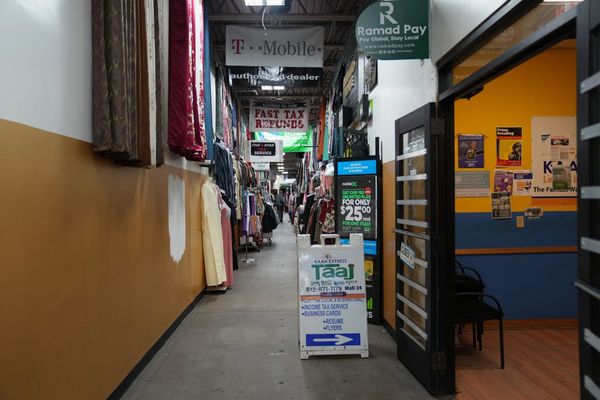
With Princeton’s massive upset of second-seeded Arizona, followed by another remarkable victory over Missouri, the unique beast that is the Ivy League was very much in the spotlight during March Madness, the annual NCAA basketball tournament.
This year’s Princeton basketball team was only the fourth time a 15th-seed team (out of sixteen) advances to the “Sweet 16” of the men’s side of the tournament–and the fourth Ivy League team in history to reach that stage of the competition. It’s all particularly remarkable when we factor in another special Ivy League rule that limits the eligibility of players to four years instead of five.
But what happens if the special status of the Ivy League isn’t as special as it once was? This is a riddle that might find an answer in a new lawsuit alleging that the Ivy League schools are engaging in price fixing by not doing what other Division 1 schools do: offer athletic scholarships in an effort to attract the top student-athletes to their schools.
The group of eight prestigious private universities in the northeastern United States–including Brown, Columbia, Cornell, Dartmouth, Harvard, the University of Pennsylvania, Princeton, and Yale–are known for their academic excellence and a long-standing track record of producing leaders in various fields.
One of the notable things about the Ivy League is that they do not offer athletic scholarships. This means that students who are admitted to an Ivy League school cannot receive scholarships based on their athletic abilities. Instead, Ivy League schools offer financial aid based solely on academic merit and financial need.
The Ivy League's decision not to offer athletic scholarships is rooted in their commitment to academic excellence and their belief that intercollegiate athletics should be a part of the overall educational experience. The Ivy League believes that students should be admitted to their schools based on their academic achievements and potential rather than their athletic abilities.
One of the core beliefs of the Ivy League is that students who participate in intercollegiate athletics should do so for the love of the game and for the personal growth and development that comes with being part of a team. Ivy League schools see athletics as an opportunity for students to learn leadership skills, develop character, and foster teamwork.
Another reason the Ivy League does not offer athletic scholarships is that they want to avoid the negative aspects that can come with a focus on athletic performance. They want to avoid creating an environment where student-athletes feel pressure to prioritize their sport over their academics. This can lead to a situation where student-athletes are not fully engaged in their academic work or do not take advantage of the educational opportunities offered by the school.
Despite not offering athletic scholarships, Ivy League schools do have had successful athletic programs since the league was founded in 1954. Some Ivy League athletes are among the best in the country and go on to compete at the professional level. However, the Ivy League believes that athletics should be a complement to their academic mission, not the other way around.
The lawsuit, which was filed during the first week of March by former and current basketball players at Brown, and names all of the Ivy League schools as defendants, alleges that the schools are price-fixing in violation of antitrust laws.
The plaintiffs argue that the Ivy League’s policy of granting only need-based financial aid rather than athletic scholarships caused them harm, as they could have been awarded athletic scholarships at other Division 1 schools.
Here’s where the logic of the lawsuit could break down: The plaintiffs allege that absent this accord between the schools, student-athletes would have the schools compete against each other for their athletic services, just as they do in other Division 1 schools. However, the Ivies already compete for these athletes by seeking to offer more attractive aid packages than their other Ivy League competitors.
Simply put, if the courts dig deep enough, they will find that there’s a history of top athletes being given preferential treatment to afford an Ivy League education, in the same way that the schools acknowledge that athletic merit can give them preferential treatment in the admissions process.
In reality, the Ivy League takes its sports very seriously. And while, say, Dartmouth football isn’t the billion-dollar business that is Oklahoma football, its importance to influential Dartmouth alumni is not dissimilar. Money follows influence in college sports, which is how we arrived at building a multi-billion dollar industry on the backs of the athletes who have provided the free labor.
No matter what the courts decide, the Ivy Leagues must stop thinking of themselves as something special and above the fray, both academically and athletically, compared with “lesser schools.” They need to call their student-athlete compensation packages “financial aid” and “athletic scholarships.”
The best way forward is for the Ivy League to adopt collectives, which I have written and spoken about at length. A collective is a group of boosters who promote the sports program by helping to recruit and keep student-athletes by providing them with financial and other benefits.
These collectives now help the most powerful Division 1 schools connect alumni and other business money to top athletes to essentially pay them to attend a given school and help them monetize their name, image, and likeness.
In other words, collectives “top off” full scholarships at powerful Division 1 schools that have football programs that are valued up to a billion dollars. Having collectives similarly top off financial aid packages from Ivy League schools solves the athletic scholarship issue by making it totally irrelevant.
Allowing collectives into the Ivy League picture will bring the very free-market compensation plaintiffs are seeking. Collectives from several Ivy League schools can compete against each other to attract the top student-athletes–not only from other Ivies but also from all other Division 1 schools.
Looking to the legal horizon, the Supreme Court could find this plan resonant. This is essentially the same court that tore away at the NCAA’s underpinnings in Alston, opening the door for the scope and depth of athlete compensation we have seen since the 2021 decision.
While cases involving college sports rarely reach the Supreme Court, this court showed in Alston that they are willing to kick open more doors that have been unfairly jammed–perhaps one of them will finally result in fair compensation for Ivy League athletes.
Aron Solomon, JD, is the chief legal analyst for Esquire Digital. He has taught entrepreneurship at McGill University and the University of Pennsylvania and was elected to Fastcase 50, recognizing the top 50 legal innovators in the world.
The opinions expressed in Fortune.com commentary pieces are solely the views of their authors and do not necessarily reflect the opinions and beliefs of Fortune.
More must-read commentary published by Fortune:
- A recession in 2023 is now inevitable. Layoffs in tech and finance will spread to other sectors
- Energy analysts have been making gaseous calls since Russia invaded Ukraine. It’s time to clear away the smoke of economic groupthink
- I am a Starbucks barista who doesn’t qualify for all the wonderful benefits you keep hearing about. We want the ‘different kind of company’ that Howard Schultz promised but failed to deliver
- The average NFL owner is 75–and not rich enough to hang onto their team







